Sanford Biggers
Unsui (Cloud Forest), 2025
- Aluminum, acrylic, LEDs, timer
- Overall dimensions variable
- Installed in Sayles Hall
On view through 2025
PUBLIC ART
Sayles Hall
On view through 2025
PUBLIC ART
Sayles Hall
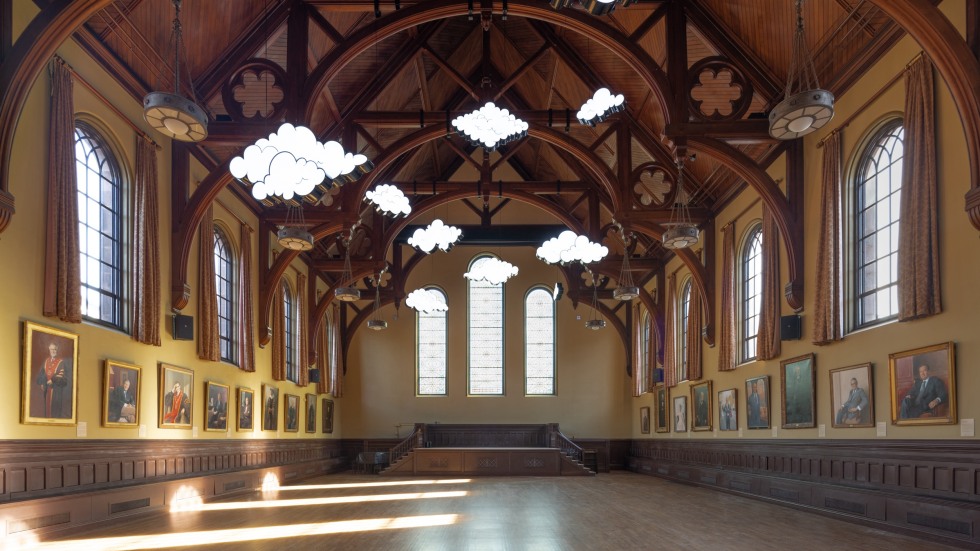
Image courtesy of the artist. Photography by Michael Vahrenwald.
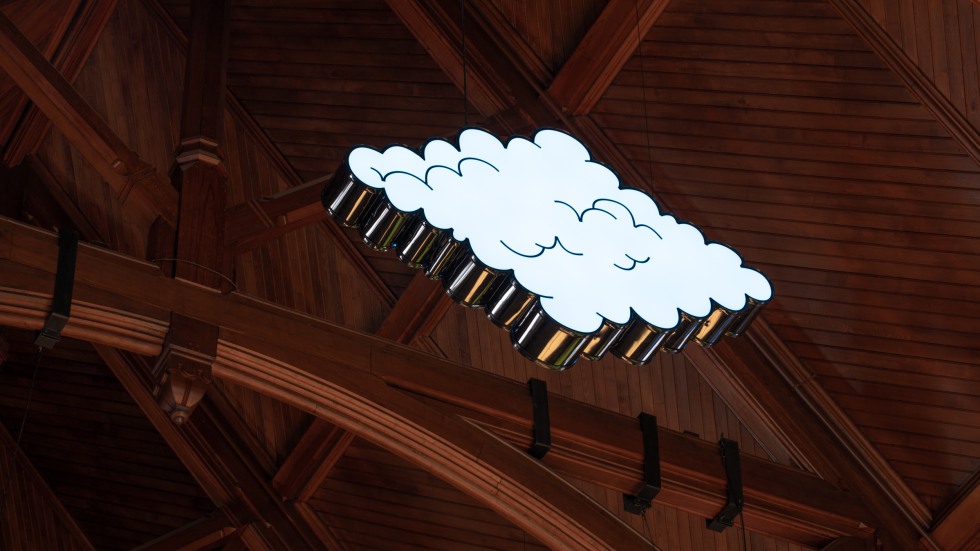
Image courtesy of the artist. Photography by Michael Vahrenwald.
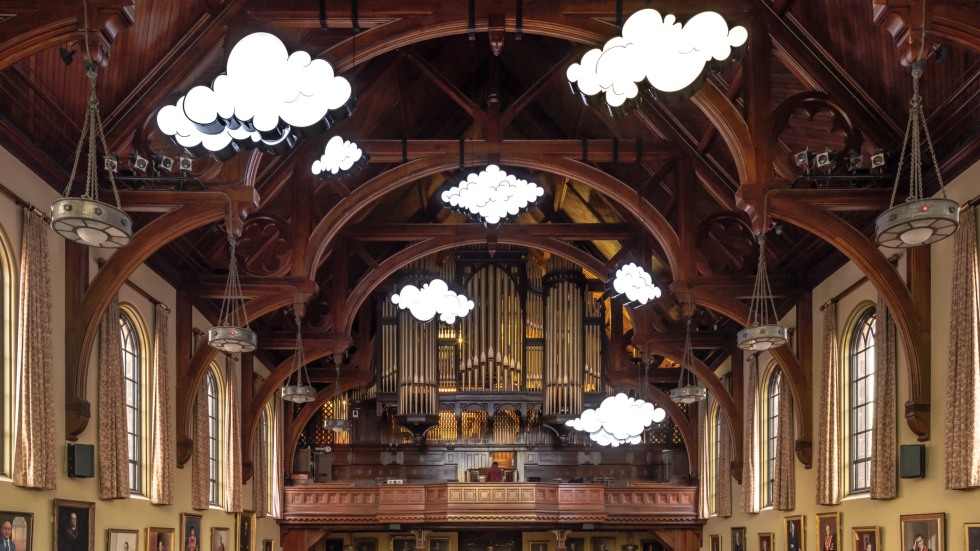
Image courtesy of the artist. Photography by Michael Vahrenwald.
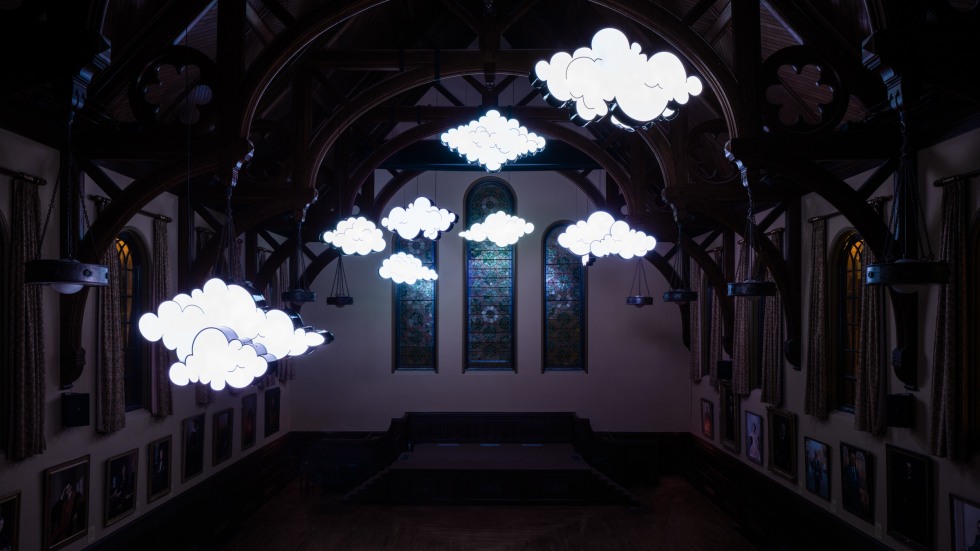
Image courtesy of the artist. Photography by Michael Vahrenwald.
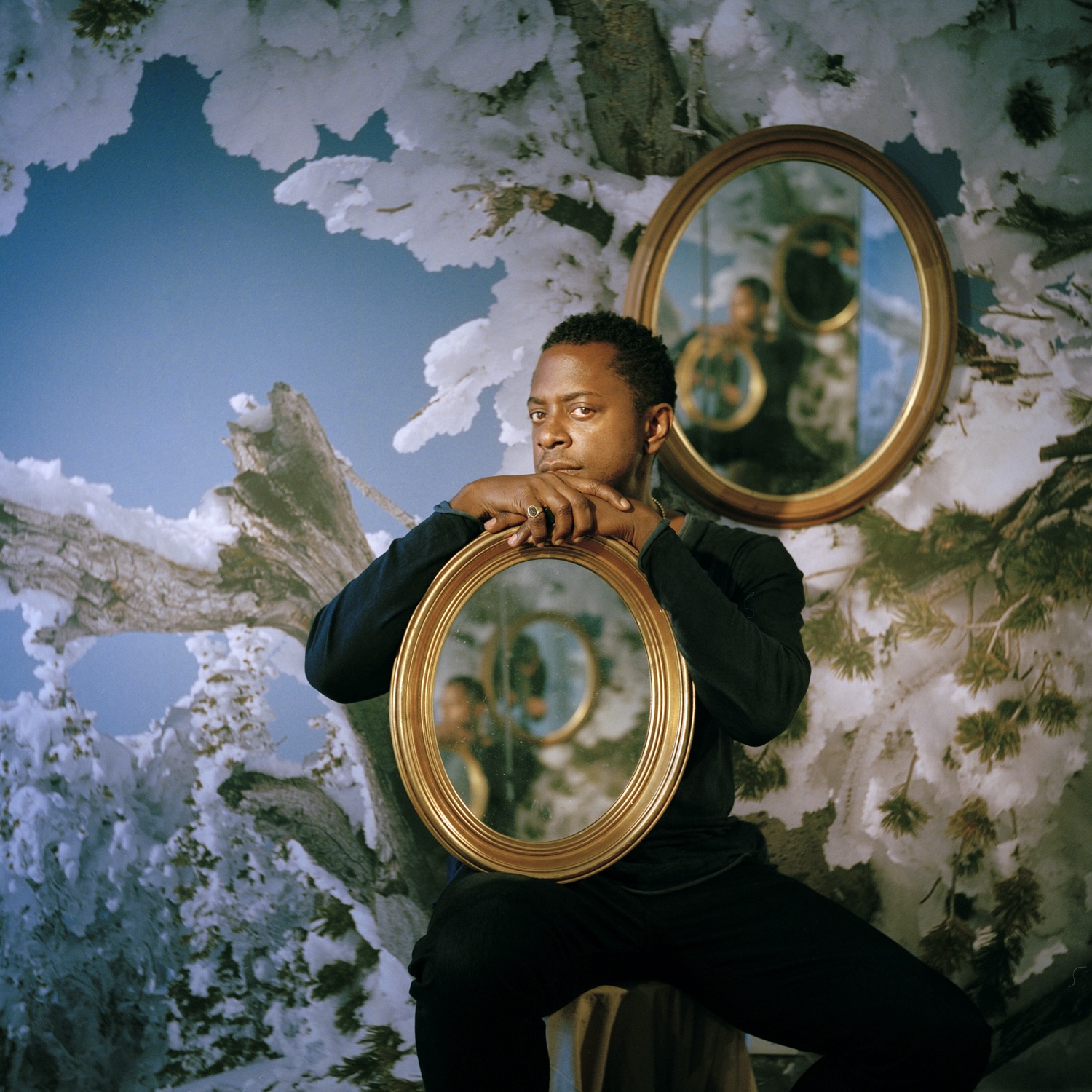
Born: 1970, Los Angeles, CA
Live/Work: New York City
Sanford Biggers’ work is an interplay of narrative, perspective, and history that speaks to current happenings while examining the contexts that bore them. His diverse practice positions him as a collaborator with the past through explorations of often-overlooked aesthetic, cultural, historical, and political narratives through his use of antique quilts and textiles, classical sculptures from around the world, sonic interventions, performances, and video. Biggers describes his process as “conceptual patchworking,” a method of transposing, combining, and juxtaposing ideas, forms, and genres that challenge traditional historiography, provenance, and official narratives to create artworks for a future ethnography.
Biggers’ work has been exhibited internationally and nationally in prestigious institutions, including Tate Britain, Tate Modern, Centre of Pompidou Metz, Stedelijk Museum Amsterdam, Studio Museum in Harlem, Whitney Museum of American Art, Hammer Museum, Smithsonian American Art Museum, Los Angeles County Museum of Art, California African American Museum, Orange County Museum of Art, and Bronx Museum of Art. His work is held in the permanent collections of the Museum of Modern Art, Metropolitan Museum of Art, Studio Museum in Harlem, Los Angeles County Museum of Art, the Smithsonian American Art Museum,the Solomon R. Guggenheim Museum,and the Brooklyn Museum, among others.
He is the recipient of numerous awards and honors throughout his career, including the Smithsonian Artist Research Fellowship, Morehouse College’s Bennie Trailblazer Award, the Guggenheim Fellowship, the 26th Heinz Award for the Arts, the American Academy of Arts and Letters Award, the 2017 Rome Prize in Visual Arts by the American Academy in Rome, and the deFINE Art Award from Savannah College of Art & Design. He was inducted into the New York Foundation for the Arts Hall of Fame and as a National Academician by the National Academy of Design. In addition, he was the Dr. Martin Luther King, Jr. 2021-2022 Visiting Professor and Scholar in the MIT Department of Architecture and served as an Associate Professor of Sculpture and New Genres of Visual Arts at Columbia University from 2009 through 2018.
Biggers is the creative director and keyboardist of the conceptual performance collective Moonmedicin and a recent GRAMMY recipient for his contribution to Meshell Ndegeocello’s The Omnichord Real Book, which was awarded the ”2024 Best Alternative Jazz Album.”